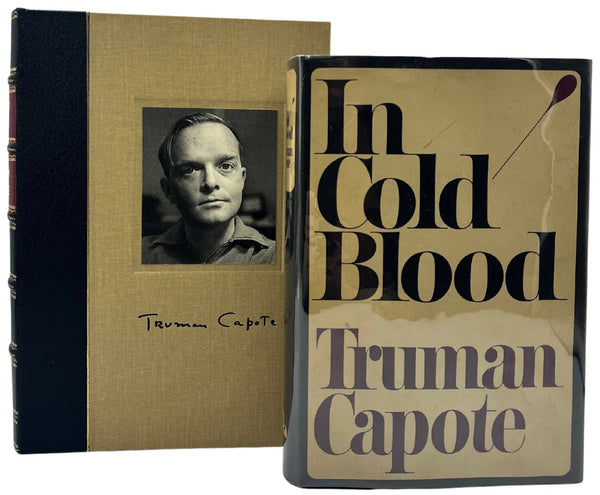|
After countless requests, we finally got our hands on a first American edition of The Lion, the Witch and the Wardrobe by C.S. Lewis. Lewis’ The Chronicles of Narnia are a staple in children’s literature. The books have sold over 100 million copies, have been translated into 47 languages, and have been adapted for television, stage and film. The Lion, the Witch and the Wardrobe was the first book published in Lewis’ series, but is now considered second in the sequence of seven novels.
The book details the adventures of four children who are evacuated to the English countryside during the German Blitz and discover the magical land of Narnia through an old wardrobe. Lewis composed the story in bits and pieces before truly knowing where he wanted to take it as a complete series. He came up the idea of Mr. Tumnus as early as age 16, imagining “a Faun carrying an umbrella and parcels in a snowy wood.” Much later, he developed the character of Aslan, inspired from dreams he had about lions. The characters of Peter, Susan, Edmund and Lucy were inspired by Lewis' own experience hosting three children at his country home in Risinghurst during the 1939 London bombings.

The books were intended as a fantasy story for children. They were designed as a gift to his goddaughter, Lucy, who served as the namesake for the story's Lucy Pevensie. The dedication reads:
"My dear Lucy, I wrote this story for you, but when I began it I had not realised that girls grow quicker than books. As a result you are already too old for fairy tales, and by the time it is printed and bound you will be older still. But some day you will be old enough to start reading fairytales again. You can then take it down from some upper shelf, dust it, and tell me what you think of it. I shall probably be too deaf to hear, and too old to understand a word you say but I shall still be,
your affectionate Godfather,
CS Lewis."
|







